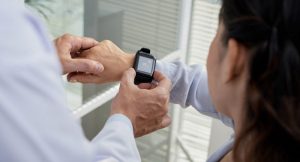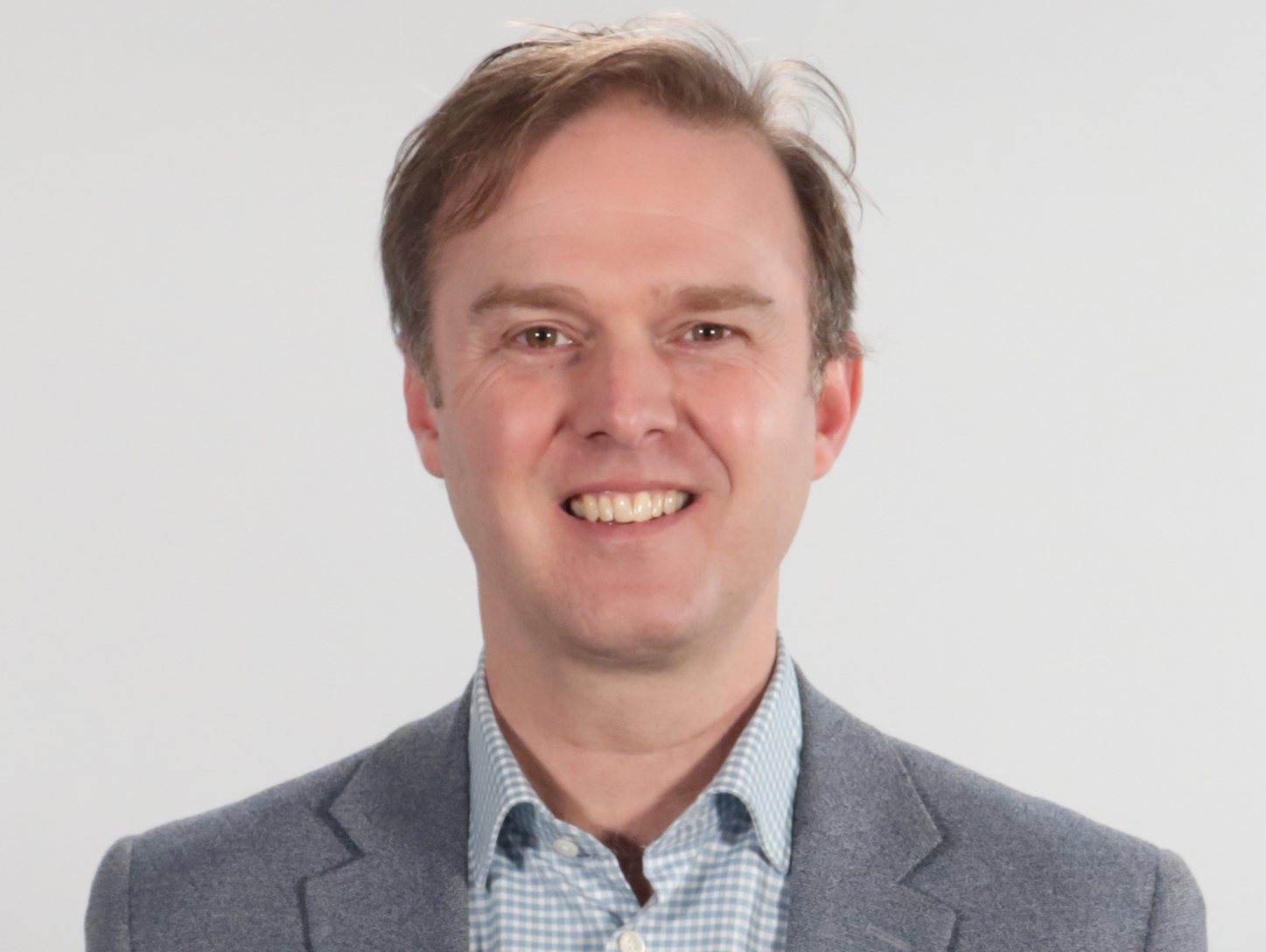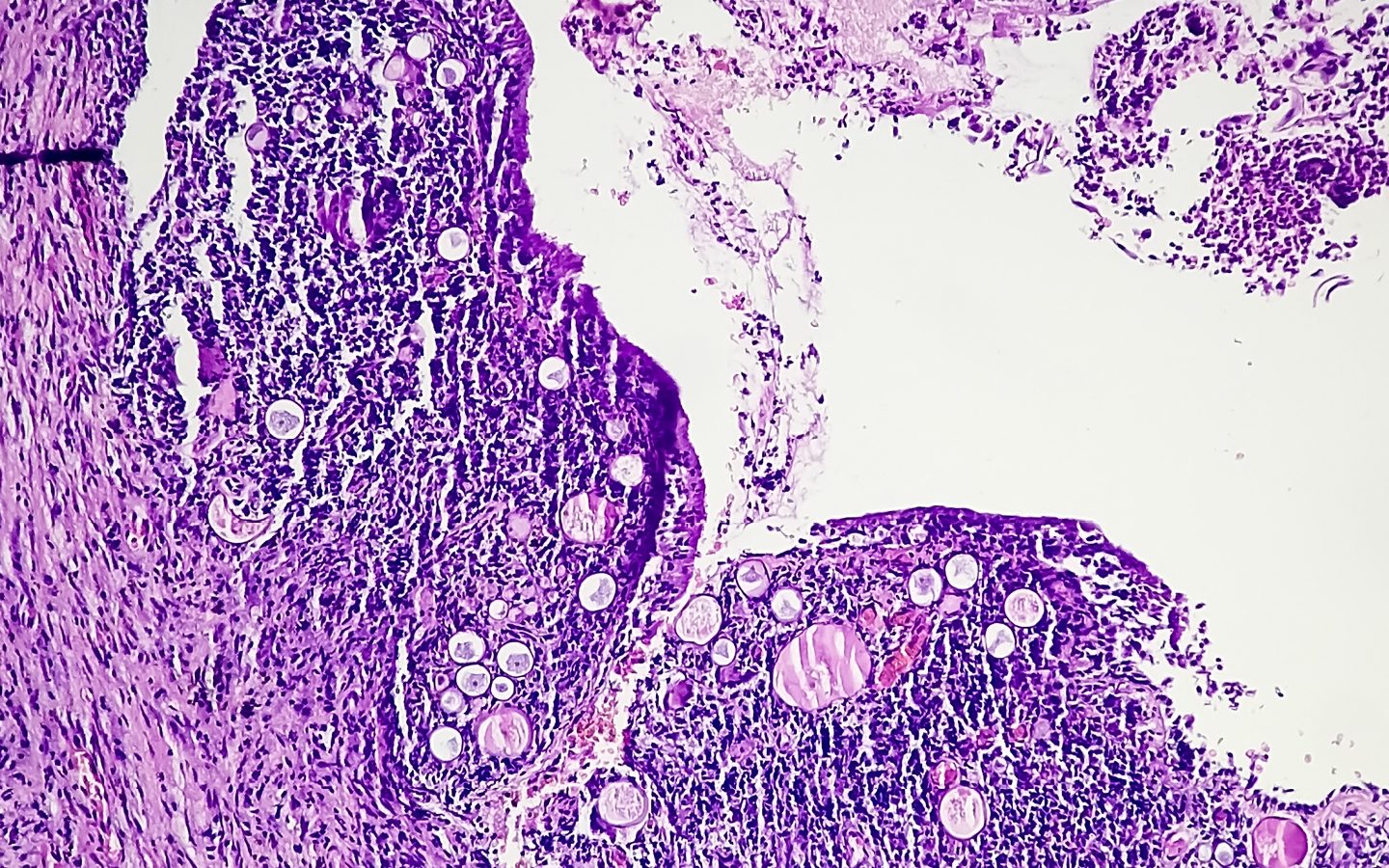
Our capacity to diagnose and treat endometriosis lags behind that of other chronic conditions that similarly blight lives. But machine learning could change that, says consultant gynaecologist, Professor Andrew Horne, Director of the University of Edinburgh’s Centre for Reproductive Health.
Despite one in ten women being affected, endometriosis – a painful condition where womb-like tissue grows outside of the womb - is still under-researched and poorly understood. Lack of funding and interest in the disease has meant that our knowledge trails years behind that of other chronic conditions such as heart disease, asthma and diabetes. Diagnosing endometriosis takes on average eight years, and treatment still involves trial and error, and often a blunt approach of hormones and/or surgery.
One in ten women living with chronic pain, waiting years for diagnosis and then not being able to access effective treatment is not acceptable in the 21st century. We need to use the modern tools at our disposal – AI and machine learning - to leapfrog the hurdles and close the knowledge gap around this prevalent, debilitating disease.

In a new way of working for me, I have joined up with my University of Edinburgh colleague, data scientist Professor Thanasis Tsanas of the Usher Institute, on a new project called ENDO1000. We aim to collect data from 1,000 women with suspected endometriosis, from their sleep rhythms to their genome, over two years. We will then use machine learning to process that data in order to ‘phenotype’, or map, symptoms, and ultimately improve diagnosis and treatment.
Firstly, we will use wearable sensing technology to collect data on movement, activity, temperature changes and sleep patterns, without interfering in participants’ daily lives. So women would wear a device like a smartwatch, but not have to do anything else while we capture this information.
These insights will be combined during data processing with information participants would record themselves using specially designed apps: their symptoms, treatments, surgeries, diet and exercise patterns.
Thirdly, we will support participants in collecting saliva, blood, urine and faecal samples at home, which will allow us to test for information about genes (the ‘genome’), the gut (the ‘microbiome’) and their body’s metabolism (the ‘metabolome’).
Recent research shows that gut microbiome – the genetic material of all the microbes that live in your gut – could play a role in the formation of endometriosis. Blood samples give us access to hormonal information, so we can see how stress and sex hormones interplay with pain flare-ups, for example.
Thanasis has worked in the past on a similar project involving Parkinson’s (my colleague, Professor Philippa Saunders, introduced us after seeing this work), and these data models support both diagnosis and prognosis, as well as help us understand the genetic component of the disease, which means eventually we could predict who might develop it.
Thanasis and his team will develop algorithms so that artificial intelligence can filter the huge amount of data collected, far faster than a human ever could, and identify the patterns waiting to be discovered within it. Together, we will then interpret those patterns and eventually turn them into tools clinicians can use to improve diagnosis and treatment.

At the moment, endometriosis is mainly diagnosed by surgery and waiting lists for our best diagnostic tool – laparoscopy, which is invasive enough to require general anaesthetic – are extremely long.
Doctors have only recently begun to recognise endometriosis and severe abdominal pain as symptoms, and women have been normalising symptoms like this for a long time. Through this project, we hope to be able to better understand symptoms and come up with a better test.
Treatment for endometriosis so far has mainly been surgery to remove the disease or hormonal, such as the combined pill, which is not ideal for all patients, particularly younger ones. A few may eventually be referred for laser surgery. However, we hope our project will be able to identify different interventions that can work at different stages to provide better, personalised treatments.
The data will also allow us to identify and study different subtypes of endometriosis, as 'endometriosis’ is actually an umbrella term that refers to a range of potentially diverse symptoms under a single diagnosis.
Given its prevalence, we should have spent years studying endometriosis, as we have with cancer. Now it’s time to catch up.
This article first appeared in Scottish Health and Care on 17 April 2023. It was updated on 29 February 2024.

Business Development Manager
Roslin and Easter Bush Campus